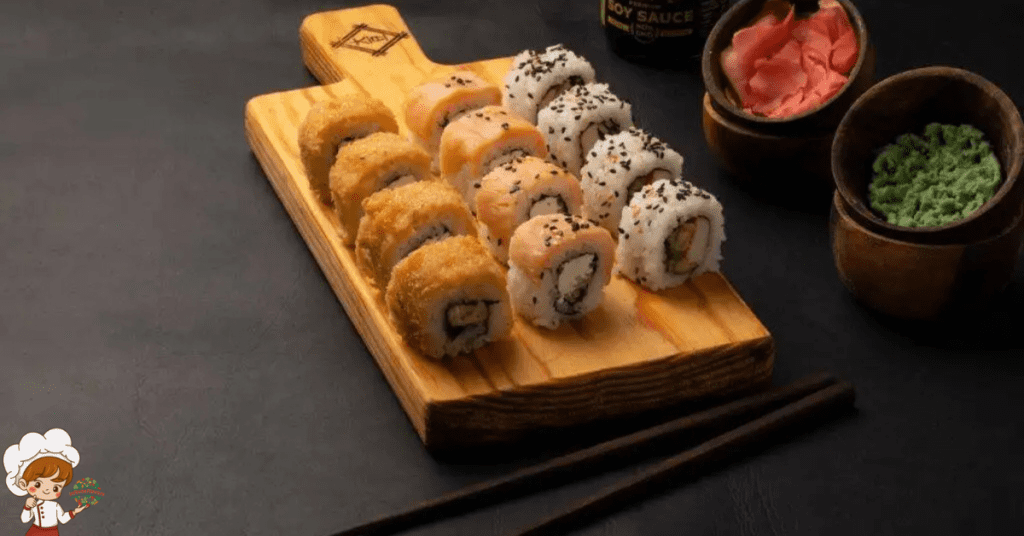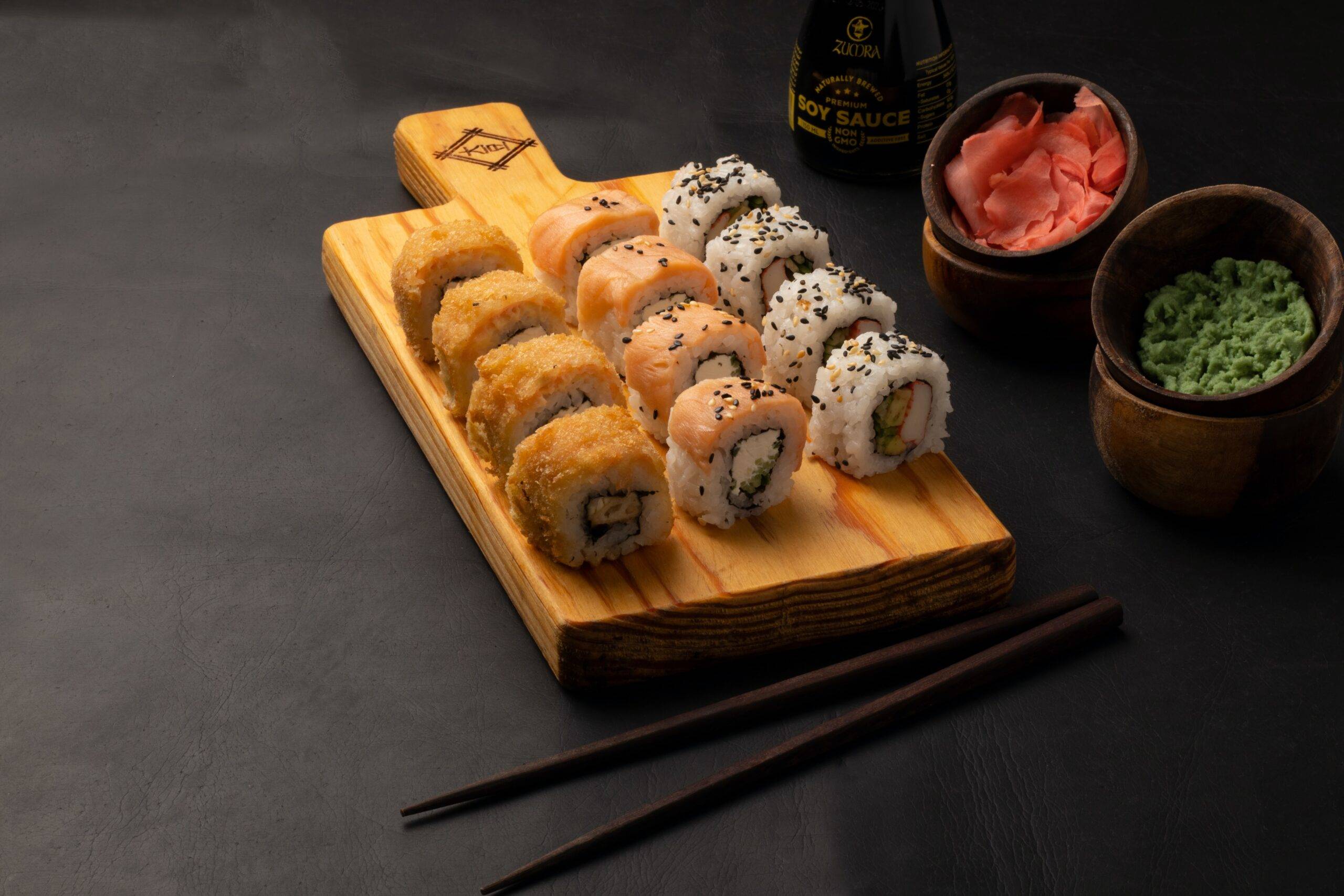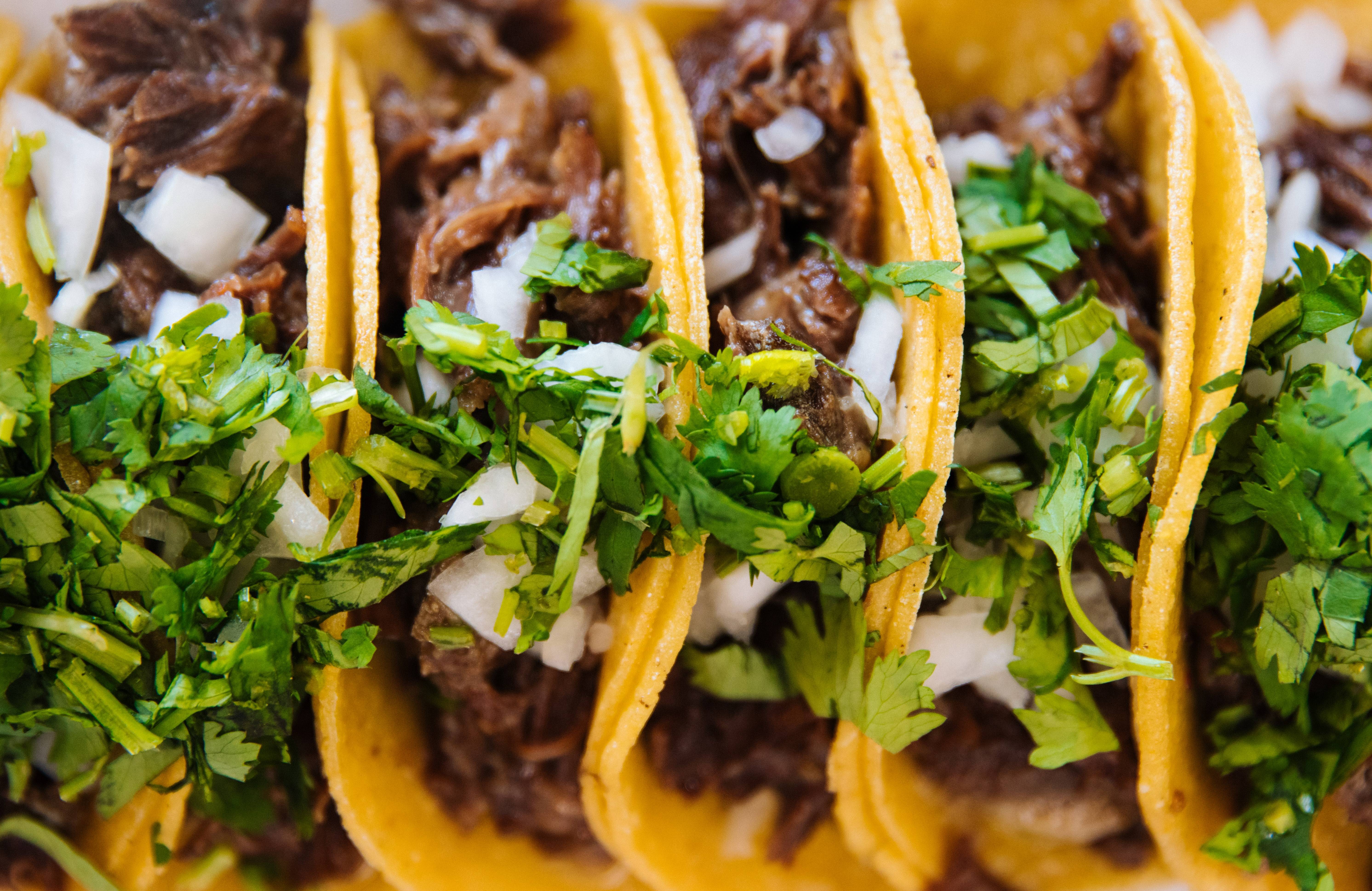History Of The Best Sushi Rolls

Sushi rolls, the epitome of Japanese culinary finesse, have captivated taste buds worldwide. From the iconic California roll to the fiery Spicy Tuna, these delectable creations represent a harmonious blend of flavors, textures, and cultural influences. Join us on a journey through the history and origin of sushi rolls, where innovation meets tradition.
Origins in Ancient Japan: The Birth of Sushi Mastery
The captivating saga of sushi rolls begins in the ancient landscapes of Japan, where culinary mastery and a profound connection to the sea laid the groundwork for one of the world’s most iconic cuisines. To truly appreciate the origins of sushi rolls, we delve into the annals of Japanese history, discovering the nuanced artistry and thoughtful evolution that shaped this culinary marvel.
Ancient Preservation Techniques: A Culinary Prelude
In the early days, sushi’s origins were marked by necessity and ingenuity. Japanese fishermen sought effective ways to preserve their catch, leading to the creation of fermented rice combined with salted fish. This early form of sushi was a practical solution for preserving fish during the rice-fermentation process, unintentionally setting the stage for a culinary revolution.
Edo Period Elegance: The Emergence of Sushi Rice
Fast forward to the Edo period (1603–1868), a time of cultural efflorescence in Japan. It was during this era that the concept of combining vinegared rice with fresh fish emerged. This marked a pivotal shift from the previous preservation-centric approach to a more refined and flavorful incarnation of sushi. The delicate balance of seasoned rice and pristine fish became the hallmark of Edo-style sushi, laying the foundation for future iterations.
Nigiri Sushi and Early Rolls: An Evolutionary Leap
As sushi continued to evolve, chefs in the bustling streets of Edo (modern-day Tokyo) embraced a new culinary venture: the creation of nigiri sushi. This innovative approach involved molding small portions of vinegared rice by hand and topping them with meticulously sliced fish. This groundbreaking technique not only showcased the freshness of the fish but also emphasized the importance of rice quality.
Transition to Sushi Rolls: Maturing the Craft
The transition from nigiri to sushi rolls represented a crucial phase in sushi’s maturation. Wrapping rice, fish, and vegetables in seaweed (nori) allowed for a more diverse interplay of flavors and textures. The simplicity of the roll provided a canvas for chefs to experiment with different combinations, setting the stage for the artistic and varied world of sushi rolls we know today.
In this intricate dance between tradition and innovation, the ancient origins of sushi rolls emerge as a testament to the culinary brilliance of Japan. Join us as we unravel the layers of history, tracing the genesis of sushi rolls from pragmatic preservation to the exquisite art form it has become.
Revolutionary California Roll: Fusion at Its Finest
In the 1960s, a culinary revolution took place in Los Angeles with the creation of the California roll. Conceived by sushi chef Ichiro Mashita, this roll ingeniously replaced traditional seaweed with avocado, making it more accessible to Western palates. The California roll’s popularity soared, paving the way for a myriad of inventive sushi variations.
Spicy Tuna and Beyond: Creative Culinary Expression
As sushi gained global acclaim, chefs worldwide began experimenting with flavors and textures. The Spicy Tuna roll, featuring a tantalizing mix of spicy mayo and fresh tuna, exemplifies this creative expression. Other innovations followed suit, with rolls incorporating diverse ingredients like mango, cream cheese, and tempura, showcasing the limitless possibilities of sushi craftsmanship.
Cultural Significance: Sushi as an Art Form
Sushi is not merely a dish; it’s an art form deeply embedded in Japanese culture. The meticulous preparation, precision slicing, and aesthetically pleasing presentation reflect the respect for ingredients and the dedication of sushi chefs. Each roll tells a story, blending tradition with contemporary flair.

Sushi Rolls (like California or Spicy Tuna)
Ingredients
- 2 cups sushi rice prepared
- 4 sheets nori seaweed
- 1/2 pound imitation crab meat shredded
- 1 avocado thinly sliced
- 1 cucumber julienned
- Soy sauce for dipping
- Pickled ginger and wasabi for serving
Instructions
- . Prepare Sushi Rice:
- Rinse 2 cups of sushi rice under cold water until the water runs clear.
- Cook the rice according to package instructions.
- While the rice is still warm, gently fold in 1/3 cup of sushi vinegar to season. Allow it to cool to room temperature.
- Assemble Ingredients:
- Place a bamboo sushi rolling mat on a clean surface and cover it with plastic wrap. Put a sheet of nori, shiny side down, on the mat.
- Wet your hands to prevent the rice from sticking, then spread an even layer of sushi rice over the nori, leaving a small border at the top.
- Add Fillings:
- Arrange a handful of shredded imitation crab, avocado slices, and julienned cucumber along the bottom edge of the rice.
- Roll the Sushi:
- Using the bamboo mat, roll the sushi away from you, starting at the bottom. Apply gentle pressure to shape the roll.
- Moisten the top border of the nori with water to seal the edge.
- Slice the Roll:
- Using a sharp knife, wet it to prevent sticking, then slice the roll into bite-sized pieces.
- Spicy Tuna Roll Variation:
- For a Spicy Tuna Roll, mix diced raw tuna with spicy mayo (mayonnaise and sriracha) and use it as a filling. You can also add cucumber or avocado for extra freshness.
- Serve and Enjoy:
- Arrange the California rolls on a plate with pickled ginger and wasabi.
- Serve with soy sauce for dipping.
Crafting Sushi at Home: A Delightful Endeavor
In recent years, sushi-making has transcended restaurant walls, with enthusiasts trying their hand at crafting rolls at home. Sushi-making kits, online tutorials, and the availability of fresh ingredients empower individuals to embark on their sushi adventures, adding a personal touch to this centuries-old culinary tradition.
Conclusion:
Embark on this gastronomic exploration with us as we unravel the rich history and cultural significance behind sushi rolls. From their humble beginnings in Japan to becoming a global sensation, these rolls continue to delight and inspire, proving that the art of sushi is a journey worth savoring.








